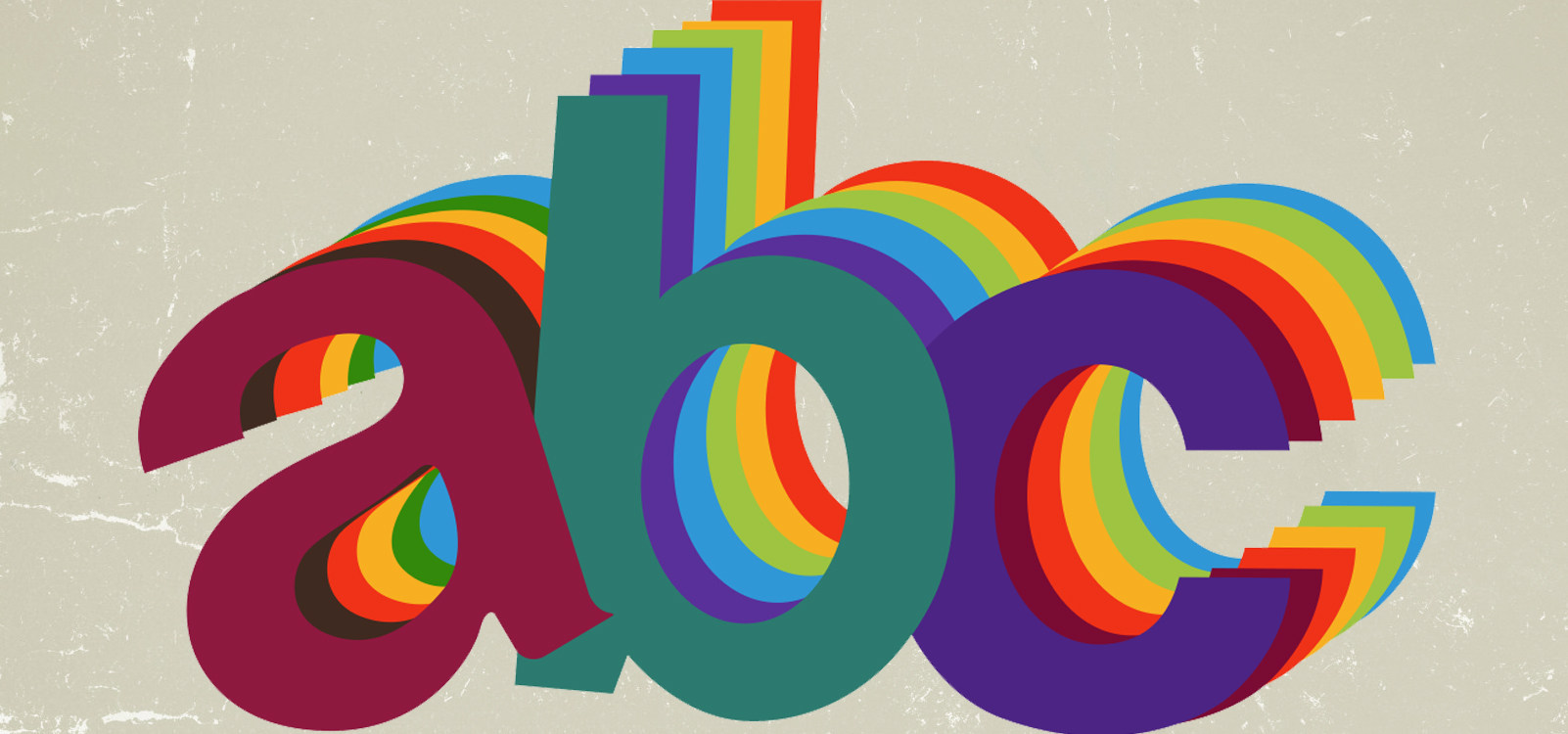
Through the classroom and beyond
Welcome to K2.0's latest monograph — ‘Education for Life.’
|2019.10.31
|
Is education all about securing grades and qualifications? Or is what we’re learning — and how we’re learning it — equally important?
With such different concepts of education and learning, it’s clear that education is a broad notion that means different things to different people.

Jack Butcher
Jack Butcher is K2.0’s former deputy chief editor. He is currently working as a freelance journalist and editor, covering mainly social issues. He has written for a number of international publications, including The Guardian and The Observer newspapers in the UK and Hinterlands magazine in Germany.
DISCLAIMERThe views of the writer do not necessarily reflect the views of Kosovo 2.0.
This story was originally written in English.